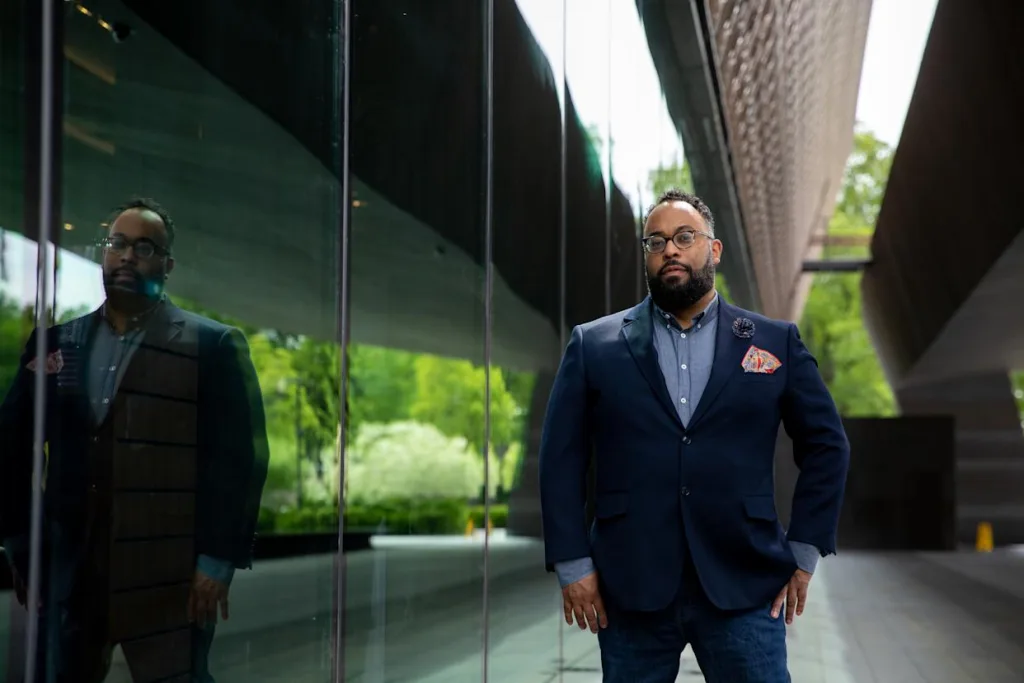Kevin Young has reportedly stepped down as the head of the Smithsonian’s National Museum of African American History and Culture (NMAAHC) amid a politically charged atmosphere surrounding the institution. His departure follows increasing tensions related to ongoing political attacks.

Young, an acclaimed poet and essayist, began a personal leave on March 14, 2025, prior to the issuance of an executive order by former President Donald Trump on March 27, which directly targets the Smithsonian Institution. The museum has stated that Young’s leave was unrelated to the executive order and that he intends to focus on his writing and his role as poetry editor for The New Yorker.
The executive order, titled “Restoring Truth and Sanity to American History,” mandates the removal of what the administration deems “improper, divisive, or anti-American ideology” from Smithsonian exhibits and programs. It specifically mentions the NMAAHC, accusing it of promoting a “divisive, race-centered ideology” and instructing Vice President JD Vance to oversee the elimination of such content. The order also calls for ensuring that the American Women’s History Museum does not “recognize men as women in any respect”.
In Young’s absence, Shanita Brackett, the museum’s associate director of operations, has assumed the role of interim director. Young’s tenure at the NMAAHC was marked by significant initiatives, including the launch of the “Searchable Museum” digital platform and the “Living History” campaign, which aimed to expand the museum’s outreach and educational programs.
The Smithsonian Institution, which receives nearly two-thirds of its $1 billion annual budget from federal funds, now faces the challenge of navigating this new directive. Critics argue that the executive order represents an attempt to sanitize U.S. history by downplaying systemic racism and other uncomfortable truths, also potentially undermining the institution’s mission to present a comprehensive and honest account of American history.
As the Smithsonian grapples with these developments, the future direction of the NMAAHC and its role in representing African American history remains uncertain.


